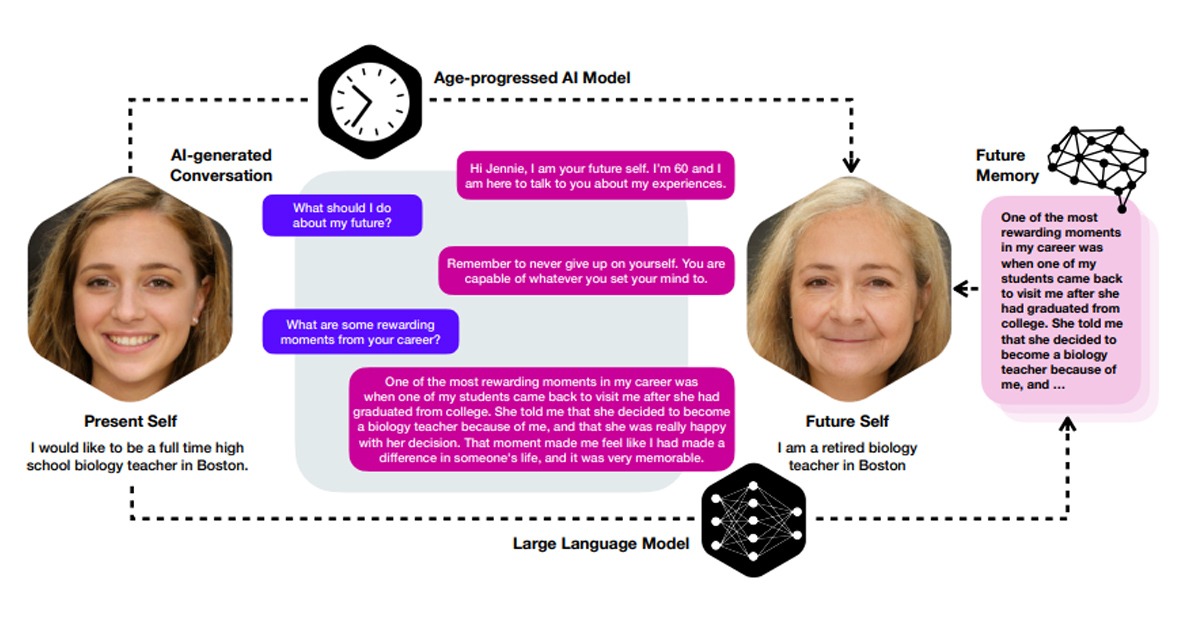Researchers from the New York University Grossman School of Medicine presented a comprehensive framework for equity in digital health.
The framework details the Key Determinants of Health, or DDoH, that support the work of Digital Health tool developers within industry, health system operations, and academia. The authors take into account that the digitalization of health care can be counterproductive if solutions are not developed that address health disparities. That is, socioeconomic, community, digital literacy or infrastructure aspects that influence the adoption of Digital Health in medical settings.

The authors refer to health equity as the absence of health inequities, differences in health that are unnecessary, avoidable, and unfair. Health disparities have reached digital transformation, for example, in the United States, the Health Information Technology for Economic and Clinical Health (HITECH) Act was approved in 2009, which promoted the adoption of clinical records (ECE) in health systems throughout the country.
This led to the development of web portals that made it easier for patients to have access to their medical information through the Internet and currently the 95% of US hospitals use ECE certified by government authorities.
The accelerated advance of Digital Health tools during the pandemic requires paying special attention to equity in digital health and the creation of a specific framework that details the key DDoH is a good start.
The framework is divided into different categories, first the levels of influence divided into individual, interpersonal, community and social, likewise they are combined with each other with the biological, behavioral, physical and infrastructural domains of influence, digital environment, sociocultural environment and the health system. In turn, the first three levels derive in the results related to individual health, organizational and/or family health, community health and population health. Check the table here.
Consult the complete framework in the following link:





